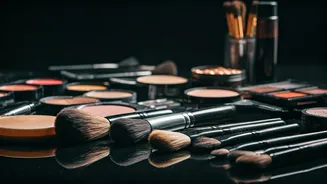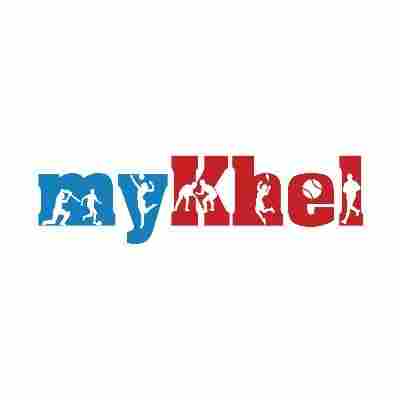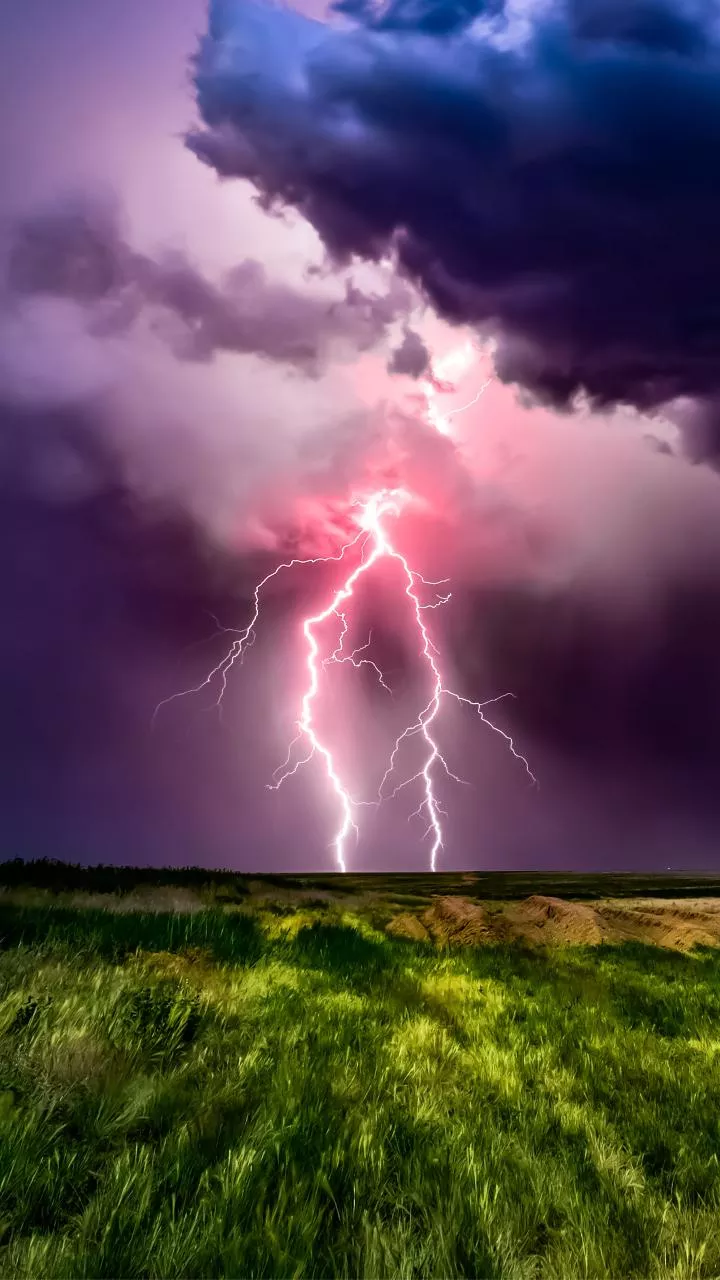A Historical Overview
The use of makeup dates back to ancient times. Egyptians, for instance, were known for their elaborate eye makeup, using kohl to line their eyes. This
practice wasn't just cosmetic; it also served a practical purpose, protecting the eyes from the sun's glare. In ancient Greece and Rome, makeup was often associated with social status. Wealthy individuals used various substances to enhance their appearance, highlighting their affluence. Throughout history, makeup has evolved, reflecting cultural values and technological advancements. From natural pigments to modern formulations, makeup's journey mirrors society's changing perspectives on beauty and self-expression. It's a fascinating reflection of human culture and our enduring desire to adorn and enhance ourselves.
Essential Makeup Techniques
Mastering basic makeup techniques is key to achieving desired results. The foundation should always begin with clean, moisturized skin, creating a smooth base for makeup application. Concealer can then be used to cover imperfections like blemishes and dark circles. Foundation, chosen to match the skin tone, evens out the complexion. Eyeshadow, eyeliner, and mascara enhance the eyes, adding depth and definition. Blushes and bronzers sculpt the face, while lipsticks and lip glosses complete the look. These are the foundational steps, with more advanced techniques available, such as contouring, highlighting, and color correcting. Each technique contributes to a cohesive look.
Makeup Product Categories
The makeup world is brimming with various products, each designed for a specific purpose. Foundations, available in liquids, creams, and powders, provide coverage and create a uniform skin tone. Concealers, used to mask imperfections, come in stick, liquid, and pot forms. Eyeshadows, offered in powder, cream, and liquid formats, allow for versatile eye looks. Mascaras, volumizing, lengthening, and curling lashes. Blushes, bronzers, and highlighters add color and dimension to the face. Lipsticks, lip glosses, and lip liners define the lips. The selection of these products is expansive. Choosing the correct products depends on your skin type, desired look, and personal preferences. Each category helps to unlock creativity.
Makeup for Different Occasions
Makeup choices vary depending on the occasion. For everyday wear, a natural, understated look is generally preferred. This often involves light coverage foundation, a touch of concealer, mascara, and a tinted lip balm. For work or professional settings, a polished and professional look is ideal. This entails a slightly more refined base, subtle eye makeup, and a defined lip color. Evening events call for more dramatic makeup, using bold colors, shimmer, and contouring to highlight features. The key is to choose a look that complements the event and your personal style, considering factors like lighting, dress code, and personal preferences. The objective is to select a look suitable for the setting.
The Art of Skincare
Skincare and makeup are closely linked. Effective skincare is the foundation for good makeup application. A regular skincare routine involves cleansing, exfoliating, moisturizing, and using sunscreen. Cleansing removes impurities and prepares the skin. Exfoliating removes dead skin cells, revealing a smoother complexion. Moisturizing hydrates the skin, creating a more supple base for makeup. Sunscreen protects the skin from sun damage, which can impact its health and appearance. Incorporating skincare into a regular routine gives better results and also boosts the longevity of the applied makeup. Proper skincare improves the overall appearance of your skin.
Makeup Trends Evolution
Makeup trends constantly evolve, reflecting shifts in fashion, culture, and technological advancements. Over time, some trends resurface with fresh adaptations. In past years, bold eyebrows and a natural glow gained popularity. The 2000s saw a rise in trends like frosted lipsticks and dark eyeliner. Social media has a large impact on current trends. Makeup artists and beauty influencers shape new trends. Experimenting with different styles, and following the current trends are fun aspects of the industry. Understanding the history of makeup trends is key to understand its future evolution.


















